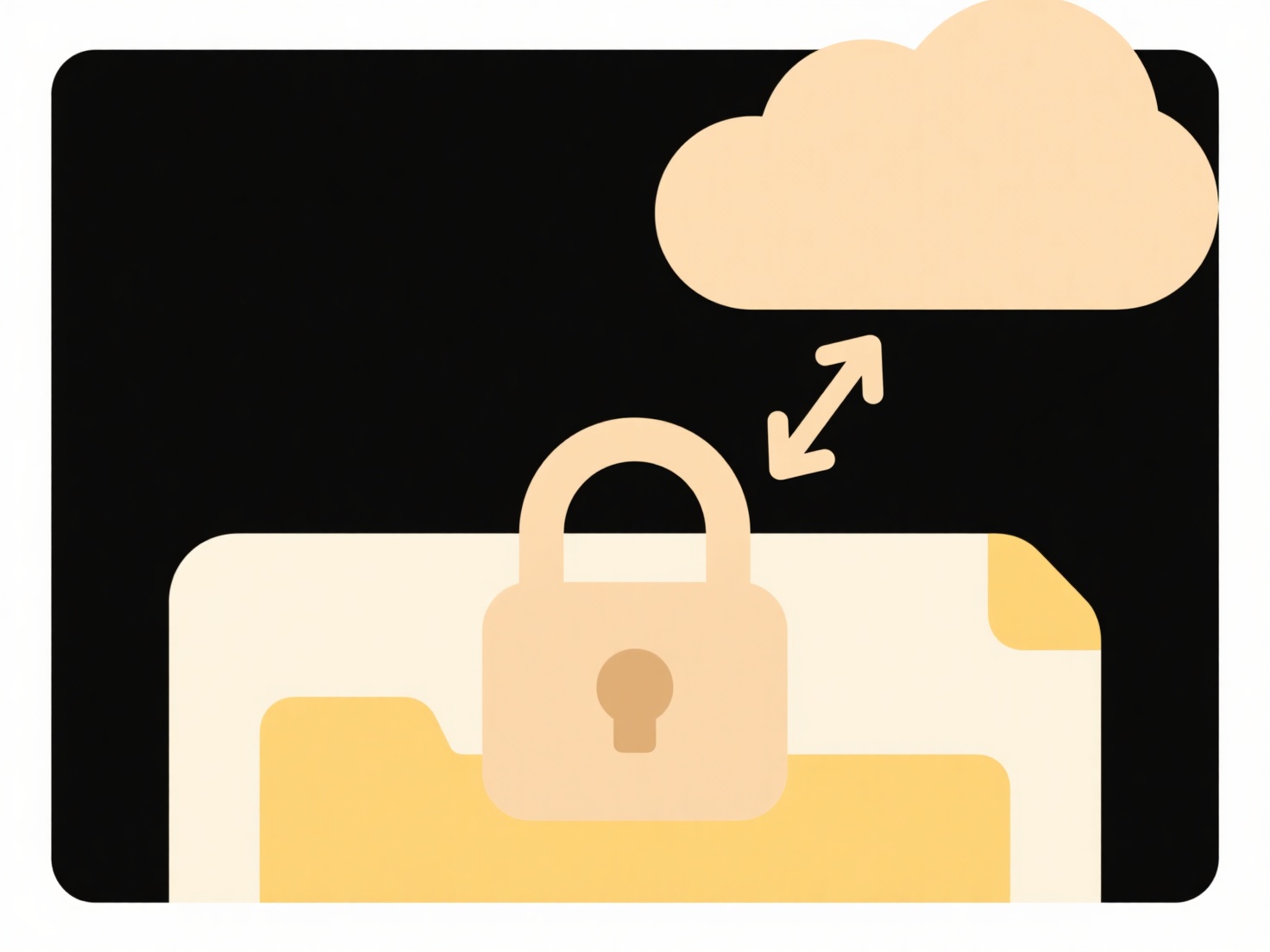
A "Shared with Me" folder is a central location within cloud storage services (like Google Drive or OneDrive) that automatically collects items shared directly with you by others. Instead of files appearing scattered in the owner's storage structure, they are listed in this dedicated folder, providing a single place to view everything you have access to through sharing links or invitations. It reflects a permission you've been granted, not storage counting against your quota.

For example, in Google Drive, your "Shared with me" section lists documents, spreadsheets, or folders where colleagues sent you a sharing link or explicitly added you. Similarly, in Dropbox, files colleagues invite you to view or edit will appear under "Files shared with you". This is used daily for team project collaboration, document reviews across companies, or sharing photos within personal accounts.
The main advantage is convenience – all shared content is aggregated without requiring organization. However, you don't own these files; you rely on the original owner for continued access and storage. Permissions can be revoked at any time. This model enhances collaboration but requires attention to security settings to prevent accidental oversharing. Future developments might focus on better filtering and organization tools within these shared views.
What is a “shared with me” folder and how does it work?
A "Shared with Me" folder is a central location within cloud storage services (like Google Drive or OneDrive) that automatically collects items shared directly with you by others. Instead of files appearing scattered in the owner's storage structure, they are listed in this dedicated folder, providing a single place to view everything you have access to through sharing links or invitations. It reflects a permission you've been granted, not storage counting against your quota.

For example, in Google Drive, your "Shared with me" section lists documents, spreadsheets, or folders where colleagues sent you a sharing link or explicitly added you. Similarly, in Dropbox, files colleagues invite you to view or edit will appear under "Files shared with you". This is used daily for team project collaboration, document reviews across companies, or sharing photos within personal accounts.
The main advantage is convenience – all shared content is aggregated without requiring organization. However, you don't own these files; you rely on the original owner for continued access and storage. Permissions can be revoked at any time. This model enhances collaboration but requires attention to security settings to prevent accidental oversharing. Future developments might focus on better filtering and organization tools within these shared views.
Quick Article Links
What apps can open Office files on mobile?
Office file formats like Word (.docx), Excel (.xlsx), and PowerPoint (.pptx) are commonly used for documents, spreadshee...
How do file formats and extensions relate?
File formats define how data is stored within a file, specifying its structure, encoding, and interpretation rules. File...
How do I check if a file is shared publicly?
Checking if a file is publicly shared means verifying whether anyone on the internet can access it, typically with just ...